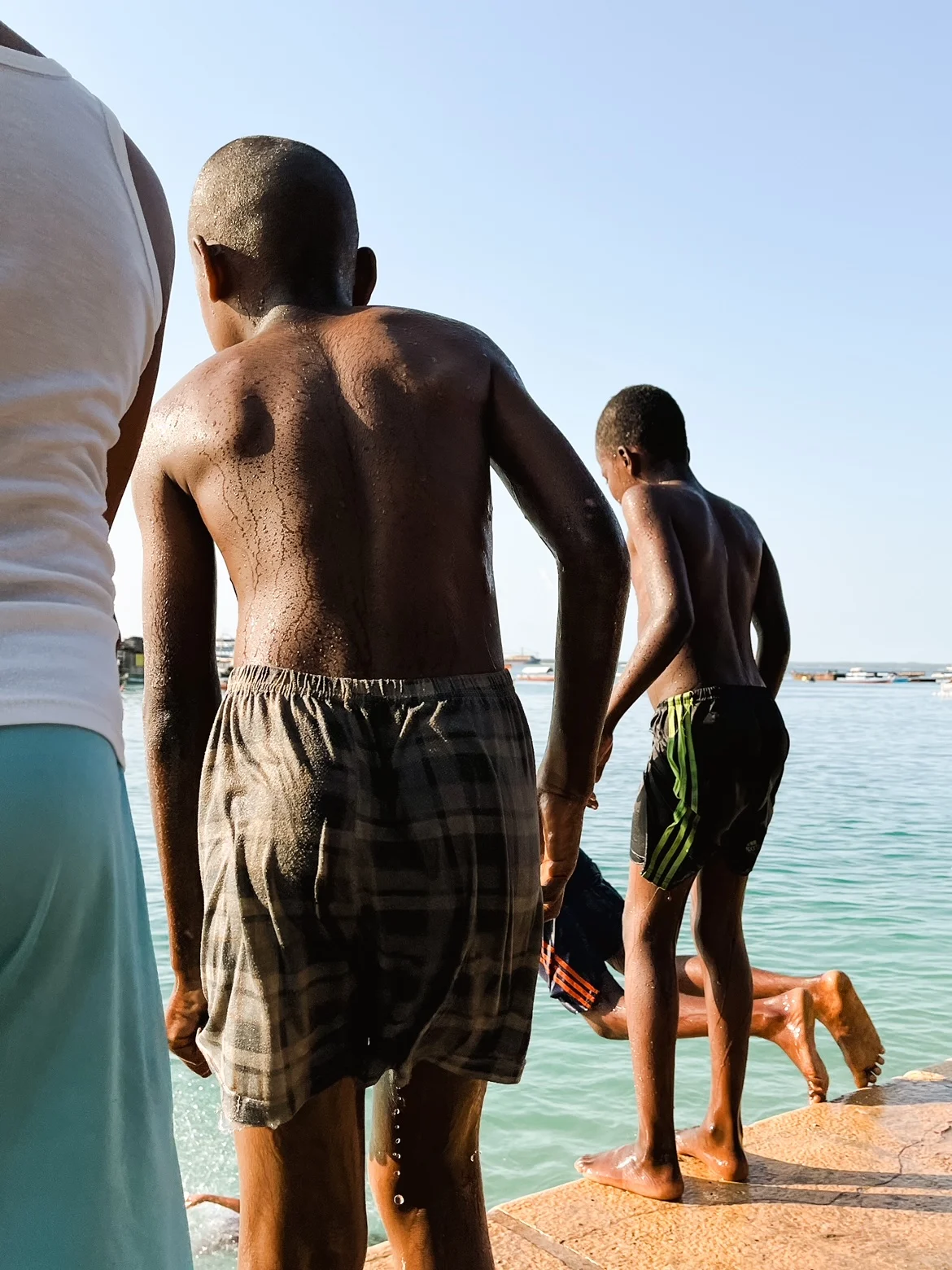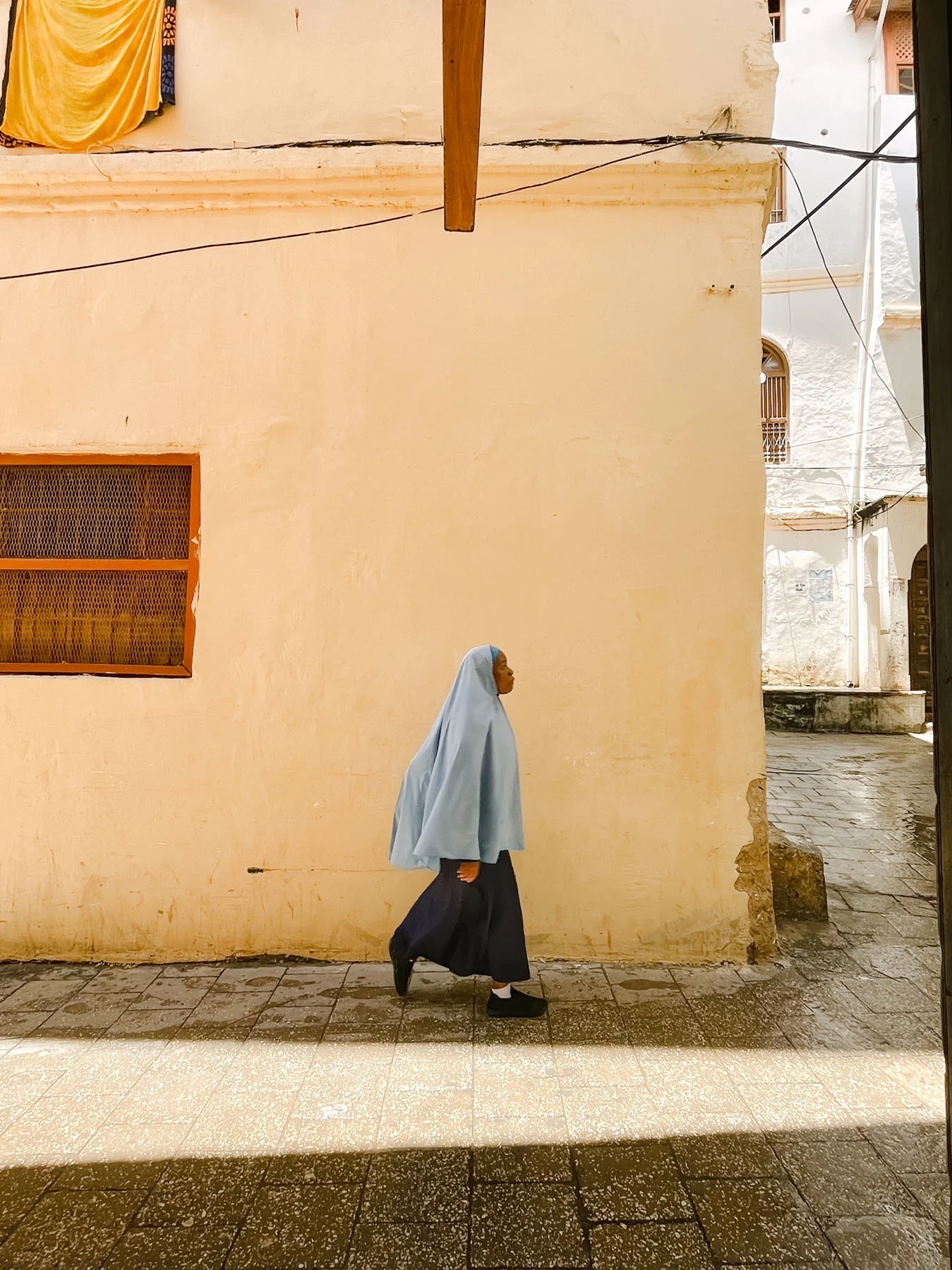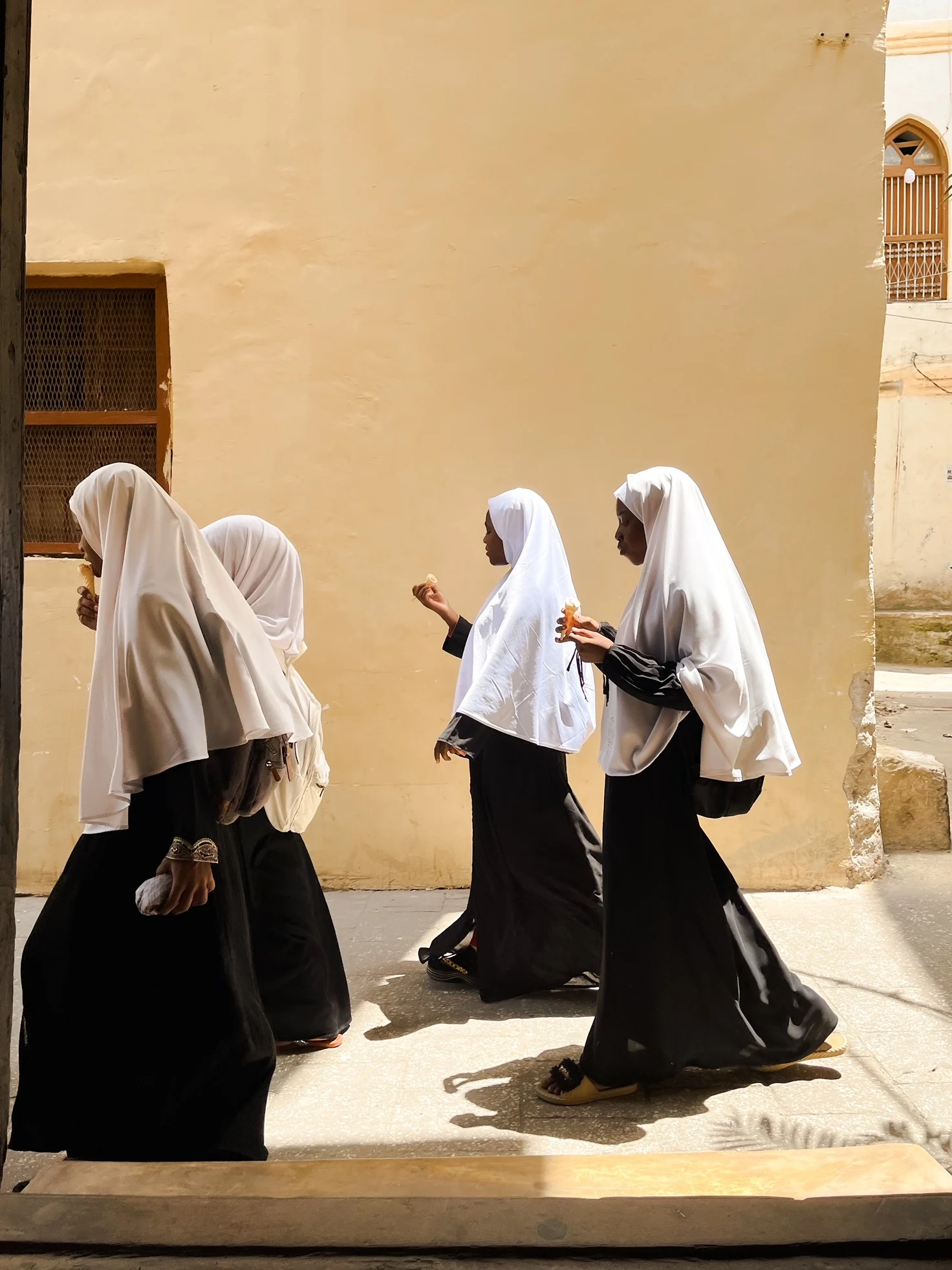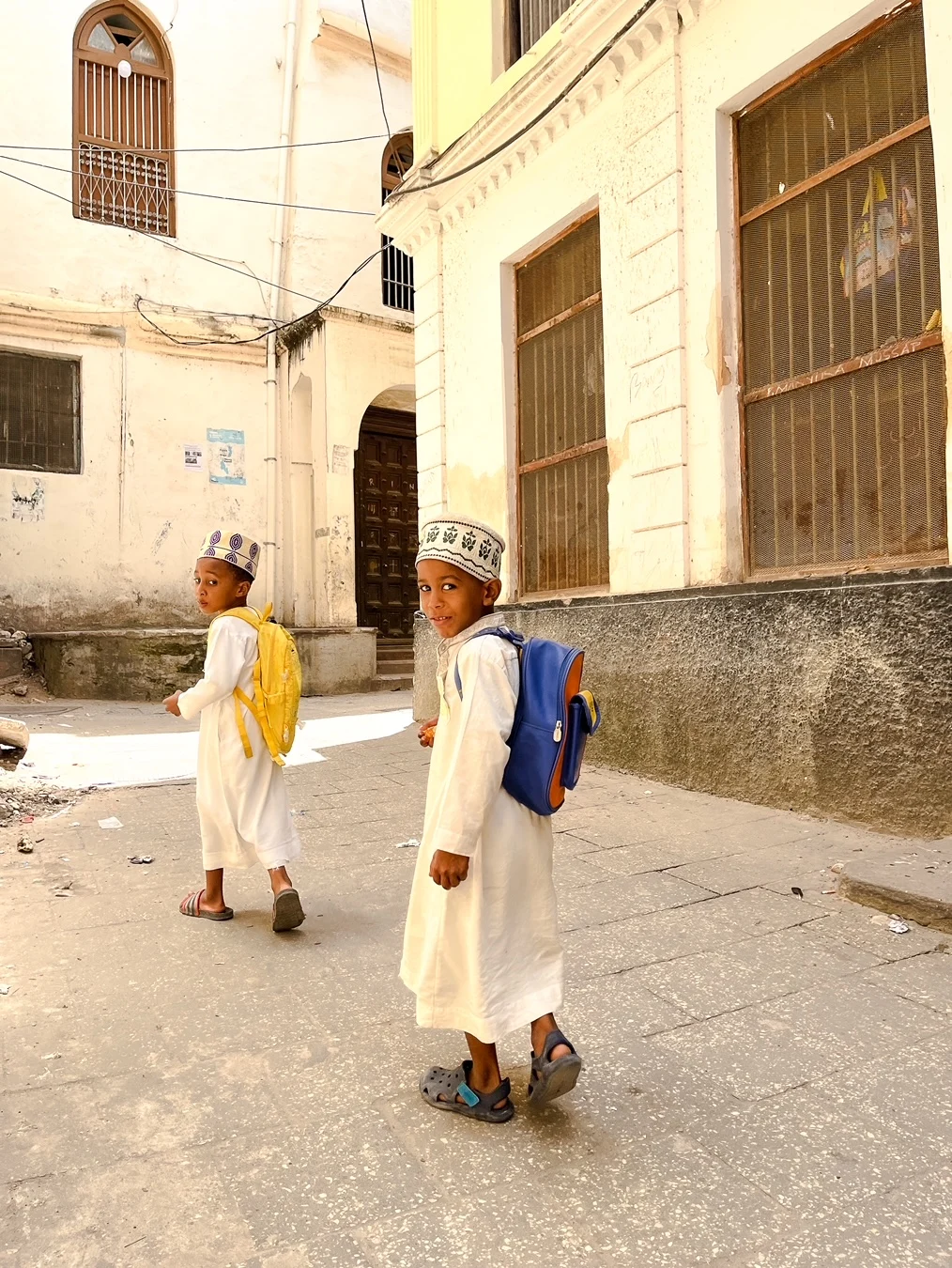

Stone Town is the old port of Zanzibar City, Tanzania, and it’s teeming with history and heritage that brings in visitors from around the world. So, who better to introduce you to its narrow alleys and turquoise waters than someone born and raised there? Stone Town local and photographer Qarim Zam tells writer Alix-Rose Cowie how he goes about capturing its everyday magic.

For many documentary photographers, it’s the thrill of visiting somewhere new or far-flung that gets their shutter clicking; bringing home stories from different time zones, and meeting people who broaden their perspectives and portfolios. But it’s a gift to be able to look at a place you’ve known your whole life, seeing people who could be family, on streets so familiar you could walk them blindfolded, and thinking, “there’s something valuable here worth sharing.” Though, it probably helps when your home is a beautiful island off the coast of east Africa. Mukrim Qarim Zam is an aspiring documentary photographer—he calls it a hobby for now—who lives in Stone Town, a historic district of Zanzibar, and lives by the motto: Show your world, to the world.


Wherever he shares his photography, Zam drops his first name and goes by Qarim, the name of his father who he lost five years ago when he was just 20 years old; it was around the same time that he started taking photos. He doesn’t own a camera so all of his gorgeous slices of life on the island are captured using his iPhone, the tool that’s most accessible to him. When it comes to the act of taking a picture—assessing the light, angling the shot and framing the subject—Zam is self-taught. It’s something that comes to him intuitively. Editing was the area he sought instruction; he learned from established Tanzanian photographer and Lightroom ambassador Sam Vox when he’d visit Zanzibar for his own projects, and utilized his open-source presets to brighten or warm his pictures.

Stone Town can get busy. The old part of Zanzibar, and a UNESCO World Heritage Site, it’s an area where tourists flock to see the enduring architecture or shop local crafts and food. There’s a Freddie Mercury museum to visit in the house where the Queen frontman spent his early childhood. But in Zam’s photographs of his neighborhood, the scenes look quiet and serene, and his subjects are exclusively locals going about their day—the life that carries on regardless of tourist season. It’s this daily movement of people doing errands, or children walking to school, that keeps offering him new shots on the same old corners. “I want to show people how we live here on the island,” he says, hoping to reflect what’s unique about living in Zanzibar; a different experience from the mainland of Tanzania. “We live in a peaceful place. I want to confirm this by creating something peaceful that makes people feel good when they see it.”


I want to show people how we live here on the island. We live in a peaceful place.
His phone might live in his pocket, but Zam isn’t always on the lookout for the next shot. He dedicates certain days to photography, usually over a weekend, and is very particular about light. He goes out in the early morning or late afternoon, avoiding harsh midday shadows. “I love to take pictures in the island’s golden light,” he says. Some of these gold-tinged images—especially of kids swimming in the warm, greener-than-turquoise waters, or jostling while taking turns to dive off the pier—are replicas of Zam’s own childhood spent doing the same things. “I grew up happy,” he says. Capturing that happiness and joy is a big part of why he takes photos now.

Zam has a policy of asking a potential subject for permission to photograph them. Sometimes they say no, but most quiz him about what the photo is for before agreeing, satisfied with his answer. He doesn’t like to show people the photos on his phone before “the magic of Lightroom” but he often makes the trip out of town to print copies to give them once he’s pleased with the end result. If someone is interested in buying one of his images, he splits the profits with the people in the photo. It’s important to him to be respectful and keep good relationships with his community. “I want to keep things easy between us,” he says. “But most people like to show how they live so they’re happy to be photographed.”
According to Zam, the creative scene in Zanzibar is small—it’s pricey and difficult to get your hands on an imported camera, and as he’s still starting out, he has to make time for photography in between other responsibilities. But he’s determined, and he hopes to make a career as a documentary photographer. “I’m not going to give up,” he says. One’s own backyard is often the perfect place to start—if you can really see what surrounds you.

